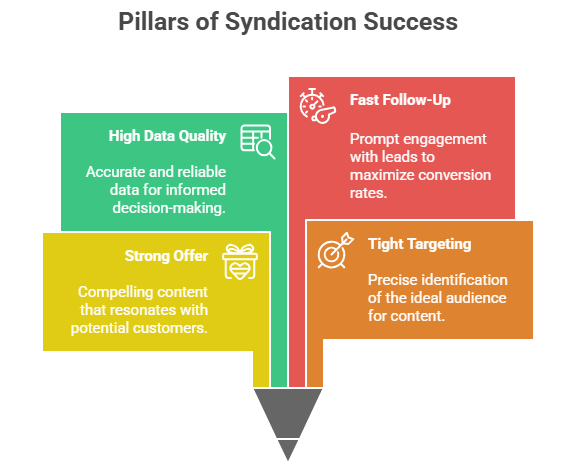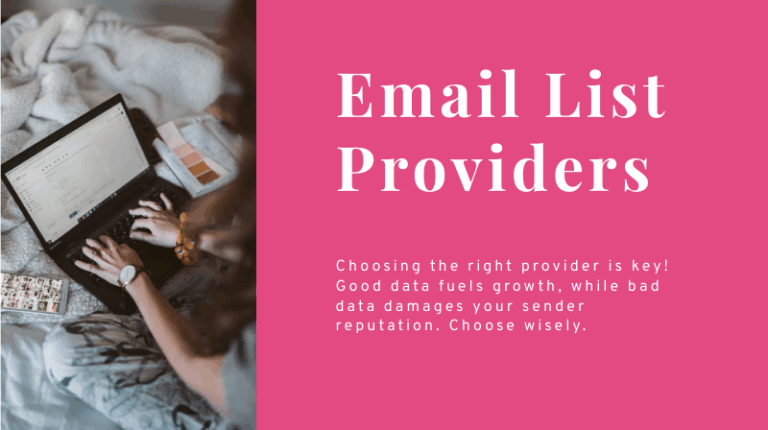From planning a picnic for a sunny day to preparing for dangerous storms, we’ve all seen vivid examples of how important weather forecasts can be. Predictive models impose order on the chaos of weather patterns and offer guidance for important decisions. Marketers also face mission-critical decisions, and like forecasters, they need information to make the most of their sophisticated technology.
Bigger Data, Better Forecasts
To generate forecasts, meteorologists need huge amounts of data. They use past data to predict what will happen under similar conditions, and the more data they have, the more accurate their forecasts become. That’s true for marketers too, yet they’re often locked away from some of their most valuable historical information: customers’ sales histories.
Without access to a centralized database that’s connected to your organization’s CRM, you’re missing a key part of developing accurate lead scoring algorithms, customer personas, and campaign projections. Take a tip from your local weather forecaster and get all the data by storing it in a centralized database.
Speed Matters
If you need to know what the weather’s like for your morning commute, you don’t want it once you’re already heading to lunch. Real-time analytics are essential to forecasters. They rely heavily on feedback gathered in real time from buoys and weather stations throughout the region. Satellite data updates every few seconds to give them real-time images of cloud cover in the area.
For marketers, real-time data is just as vital. With instant feedback on site traffic, you can see and amplify content that’s going viral. You’re also able to deliver exactly what leads want when they want it. Split A/B testing with real-time feedback gives you the knowledge you need to send the winning message while it’s still relevant. Be the company that’s always a step ahead and use up-to-the-minute data whenever possible.
Combine and Conquer
Meteorologists run through multiple models using different algorithms to enhance the accuracy of their forecasts. Then, they combine these results to develop probability maps and graphs. Where most models agree, they can predict results with higher certainty. When models diverge, they know to look for more details that can give them better guidance.
Marketers also benefit from gathering multiple data sets and looking at the best fit between them. Your lead scoring system, for example, might analyze how to weigh different characteristics when ranking leads’ readiness to buy through multiple simulations. The factors that are most relevant to sales readiness become the basis for your lead scoring algorithm.
Database Services That Go Beyond the Office
An isolated database would do forecasters no good. They connect to national and international databases that give them the deep historical knowledge and broad view they need to make valid forecasts. The National Weather Service, NOAA’s National Hurricane Center, and university databases are linked to provide context for all the data a meteorologist’s office collects. Data doesn’t stop at the door.
Database services, including data enhancement and verification, serve the same purpose for marketers. Once your database is centralized and optimized, linking it to the wider world gives you tremendous predictive power. Third-party lists and verification services expand your reach and keep data quality high so you always know whether your marketing future will be sunny or if you should prepare for rough weather.
© Reach Marketing LLC 2017 All Rights Reserved.



